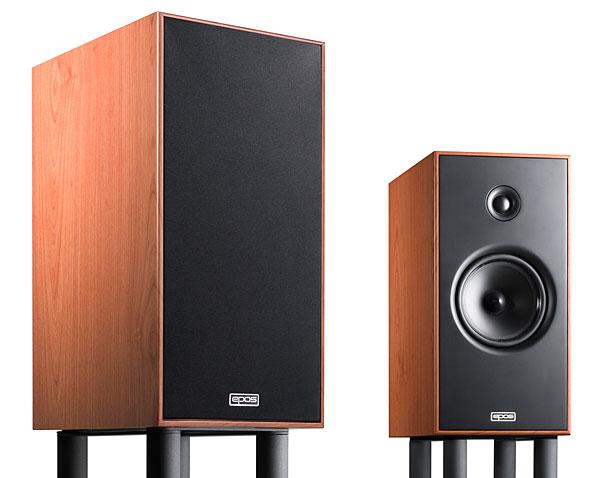| Columns Retired Columns & Blogs |
I've wanted these speakers since I read your reviews here. But $799 was out of my range.
Just thought you'd be interested to know various music retailers are selling these at 1/2 off to make way for the new Epos line. I finally picked up my pair....in fact, I was so happy about it that I bought an extra pair, so now I have a center channel and a spare! :)






































